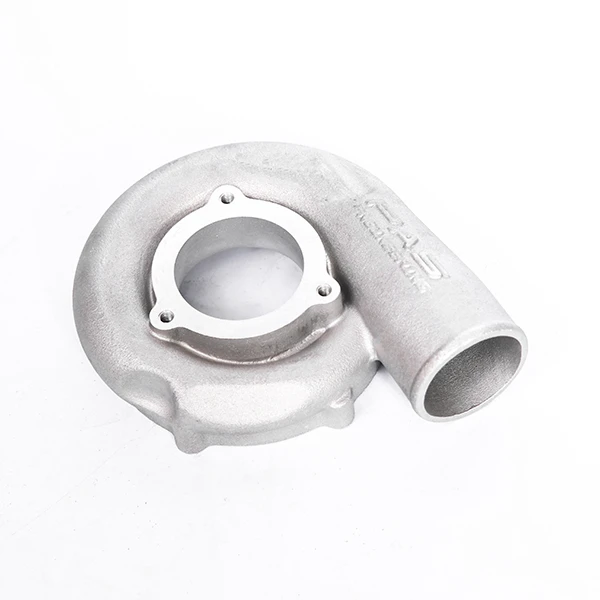Mobile:+86-311-808-126-83
Email:info@ydcastings.com
Innovative Techniques in Aluminium Slab Casting for Enhanced Manufacturing Efficiency
Understanding Aluminium Slab Casting
Aluminium slab casting is a critical process in the production of aluminium products, serving as a foundational step in various manufacturing applications. This process involves the casting of molten aluminium into slabs, which can later be further processed into sheets, plates, or other forms to meet specific industrial needs. The demand for aluminium remains robust due to its lightweight properties, excellent corrosion resistance, and recyclability, making it an ideal material for a wide range of applications, including automotive, aerospace, and construction industries.
The slab casting process begins with the melting of aluminium. This can be done in large furnaces that utilize natural gas, oil, or electricity as a heat source. The molten aluminium is then refined to remove impurities, which is crucial for ensuring that the final product meets the necessary material specifications. The refinement process often involves the use of fluxing agents and degassing techniques to achieve a clean melt.
Once the aluminium is molten and refined, it is poured into a casting machine where it is solidified into slabs. There are various casting methods employed, including direct chill (DC) casting and vertical continuous casting. The direct chill casting method is particularly popular due to its ability to quickly and uniformly solidify the molten metal, resulting in slabs with improved mechanical properties and surface quality.
aluminium slab casting

In the DC casting process, the molten aluminium is poured into a cooled mold. As the aluminium makes contact with the cooled walls of the mold, it begins to solidify from the outside in. Water-cooled rollers are often used to facilitate rapid cooling, allowing the slab to solidify quickly and be withdrawn from the mold with minimal defects. This method not only improves the cooling rate but also ensures that the slabs are easier to handle and process in subsequent manufacturing steps.
The thickness of the slabs can vary depending on the intended application, typically ranging from a few millimeters to several centimeters. Once cast, the slabs are subjected to secondary processes, including hot rolling and cold rolling, to achieve the desired dimensions and surface finishes. The hot rolling process further enhances the material properties by refining the grain structure of the aluminium, resulting in improved strength and ductility.
Quality control is vital throughout the aluminium slab casting process
. Regular inspections and tests are conducted to monitor the casting integrity and ensure that the final products meet industry standards. Techniques such as ultrasonic testing and visual inspection help identify any defects early, which is crucial to maintaining the quality of the final product.In conclusion, aluminium slab casting is an essential step in the aluminium manufacturing process, playing a significant role in delivering high-quality aluminium products. With the ongoing advancements in casting technologies and techniques, the industry is poised to improve efficiency, reduce waste, and enhance the overall quality of aluminium products. As industries continue to seek sustainable and lightweight materials, the relevance of aluminium slab casting will undoubtedly remain paramount.
-
Why Should You Invest in Superior Pump Castings for Your Equipment?NewsJun.09,2025
-
Unlock Performance Potential with Stainless Impellers and Aluminum End CapsNewsJun.09,2025
-
Revolutionize Your Machinery with Superior Cast Iron and Aluminum ComponentsNewsJun.09,2025
-
Revolutionize Fluid Dynamics with Premium Pump ComponentsNewsJun.09,2025
-
Optimizing Industrial Systems with Essential Valve ComponentsNewsJun.09,2025
-
Elevate Grid Efficiency with High-Precision Power CastingsNewsJun.09,2025











